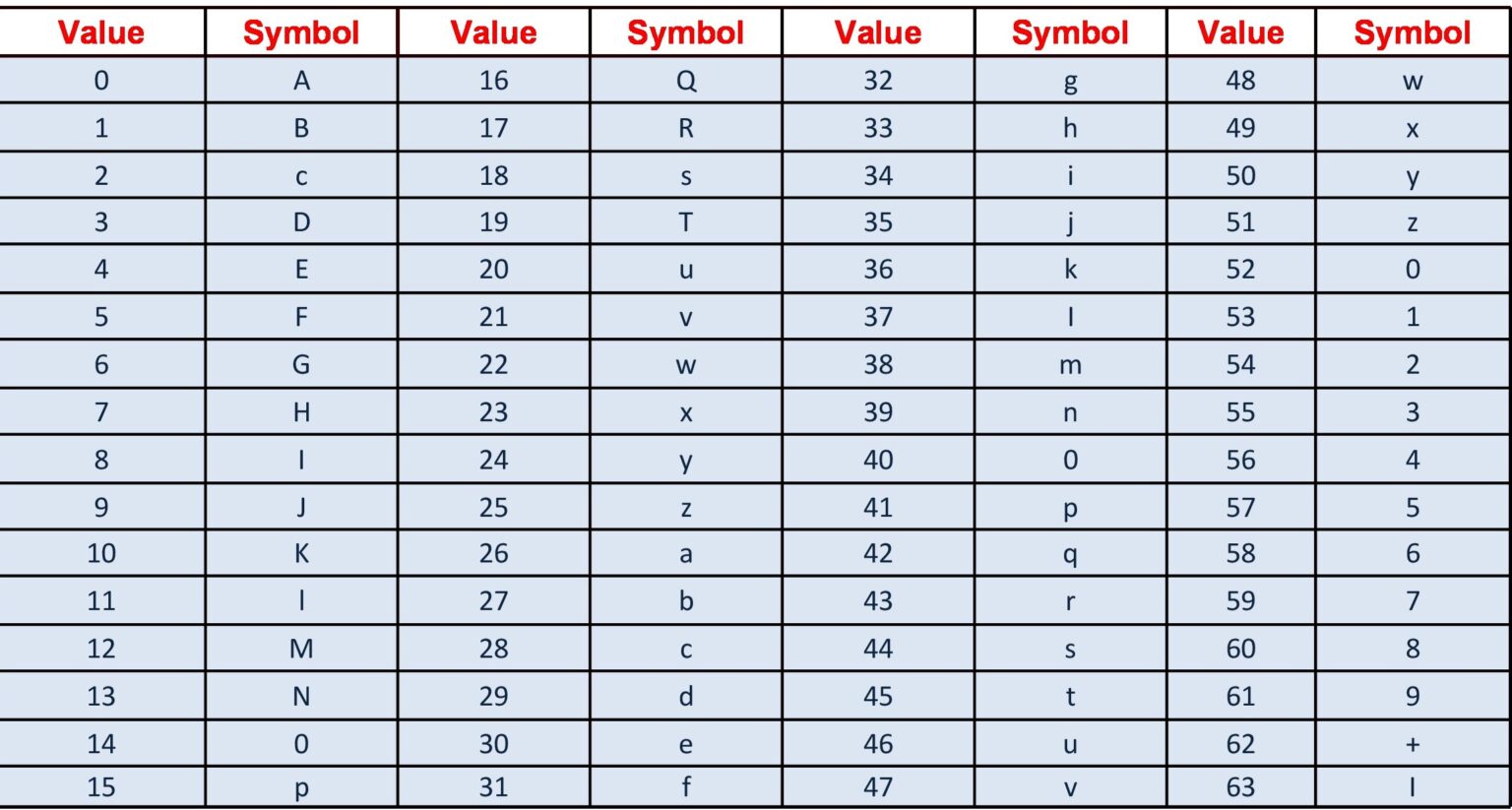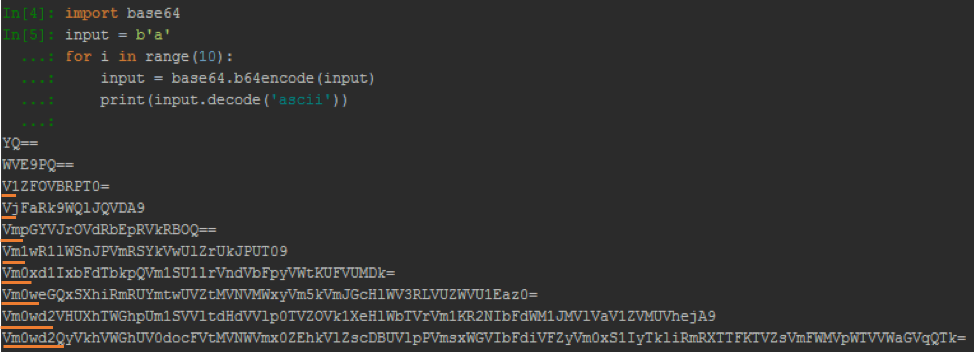

The decoder rejects data that contains characters outside the base64 alphabet.

The encoder does not add any line separator character. You can do Base64 encoding and decoding with simple JavaScript. It uses the Base64 alphabet specified by Java in RFC 4648 and RFC 2045 for encoding and decoding operations.

This encoding method is deprecated and should be avoided inįavor of Buffer objects where possible. Upon decoding, the decoder discards these extra padding characters. The encoder adds one or two padding characters ( ) at the end of the output as needed in order to meet this requirement. ItĬan encode only BMP(Basic Multilingual Plane, U+0000 - U+FFFF).īinary data into strings by using only the first 8 bits of eachĬharacter. In Base64 encoding, the length of an output-encoded String must be a multiple of three. 'ucs2' - 2-bytes, little endian encoded Unicode characters. Many web pages and other document formats use Once the Base64 API is created, both encoding and decoding are quite simple. Base64 (int lineLength, byte lineSeparator) creates the Base64 API by accepting an extra line separator, which by default is CRLF (\r ). This encoding method is veryįast, and will strip the high bit if set. Base64 (int lineLength) creates the Base64 API in a URL-unsafe mode and controls the length of the line (default is 76). The available toString and Buffer constructor encodings are as follows: Buffers created with strings can take an optional encoding parameter to specify what encoding the string is in. Technically, it can be said that it converts eight-bit bytes into six-bit bytes. > console.log(om("SGVsbG8gV29ybGQ=", 'base64').toString('ascii'))īuffers are a global object, so no require is needed. The Base64 encode algorithm converts any data into plain text. For example: > console.log(om("Hello World").toString('base64')) The algorithm used by atob() and btoa() is specified in RFC 4648, section 4.Buffers can be used for taking a string or piece of data and doing Base64 encoding of the result. atob(): decodes a Base64-encoded string ("atob" should be read as "ASCII to binary").This encoding helps to ensure that the data remains intact without modification during transport. btoa(): creates a Base64-encoded ASCII string from a "string" of binary data ("btoa" should be read as "binary to ASCII"). Base64 encoding schemes are commonly used when there is a need to encode binary data, especially when that data needs to be stored and transferred over media that are designed to deal with text. In computer programming, Base64 is a group of binary-to-text encoding schemes that represent binary data (more specifically, a sequence of 8-bit bytes) in sequences of 24 bits that can be represented by four 6-bit Base64 digits. Base64 encodings operate in 4-byte blocks when finished writing, the caller must Close the returned encoder to flush any partially written blocks.In JavaScript there are two functions respectively for decoding and encoding Base64 strings: One common application of Base64 encoding on the web is to encode binary data so it can be included in a data: URL. Base64 is commonly used in a number of applications including email via MIME, and storing complex data in XML. This is to ensure that the data remain intact without modification during transport. Java 8’s Base64 API contains implementations for all the Base64 encoding and decoding variants described in the official RFC 4648. Base64 is generally used in a number of applications including. This guarantees that the data stays unchanged without modification during transfer.
BASE64 ENCODING IN NEOLOAD HOW TO
The term Base64 originates from a specific MIME content transfer encoding.īase64 encoding schemes are commonly used when there is a need to encode binary data that needs to be stored and transferred over media that are designed to deal with ASCII. In this article, you’ll learn how to Base64 decode any Base64 encoded text back to binary data. Base64 encoding schemes are generally used when there is a need to encode binary information that needs to be stored and transferred over media that are developed to deal with textual information. Base64 is a group of similar binary-to-text encoding schemes that represent binary data in an ASCII string format by translating it into a radix-64 representation. binary - A way of encoding raw binary data into strings by using only the first 8 bits of each character.


 0 kommentar(er)
0 kommentar(er)
